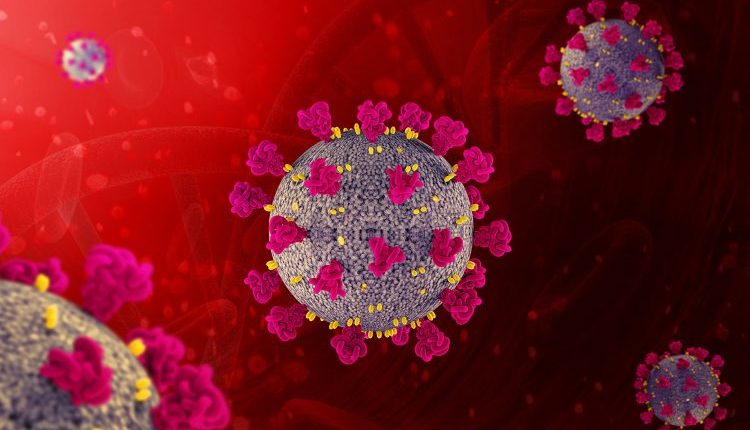Couple weeks back, Apple and Google announced a rare collaboration, to roll out a joint contact tracing tool for COVID 19 in the US. Now, we have a probable date. Apple’s CEO Tim Cook has confined in European commissioner Thierry Breton that the tool will be ready for developers to deploy, on 28th April.
This means that the API will be ready two weeks before it was originally planned to come about. App developers will be able to integrate said API into their platforms to broadcast location of users(if they allow the apps to do so), and tell them if they have come in contact with someone who was infected. This will be achieved by using radios that are available on devices to transmit an anonymous ID over short ranges — using Bluetooth beaconing.
The main focus of this video call was to establish that this tool will comply with EU’s regulations, since the opportunity for impertinence is very high. Bretton tweeted that the tracing tool will be “anonymised, voluntary, transparent, temporary and secured” after the video conference.
The tool has only been allowed for a limited interval of time, that is, until the COVID 19 pandemic is in play. Moreover, the provision has been provided only because the companies agreed to comply with existing privacy laws, and access can be revoked at any time if they fail to do so.
During the announcement of this tool, both companies stated that it will not access a user’s location at any interval of time. Moreover, the random rotating identifier provided to a user, that relays every 15 minutes to the server, will contain no personal information. More so, the list of identifiers you’ve been in contact with, doesn’t leave your phone unless you choose to share it.
This is the first step towards an OS based platform, which the companies plan to introduce in the coming platforms.
Google’s CEO Sundar Pichai was also seen in a similar video conference with Breton, where he made enquiries about the tracing tool and urged Pichai to lower bit rates across Europe, something that Netflix, Prime Video and Youtube have already complied with.





